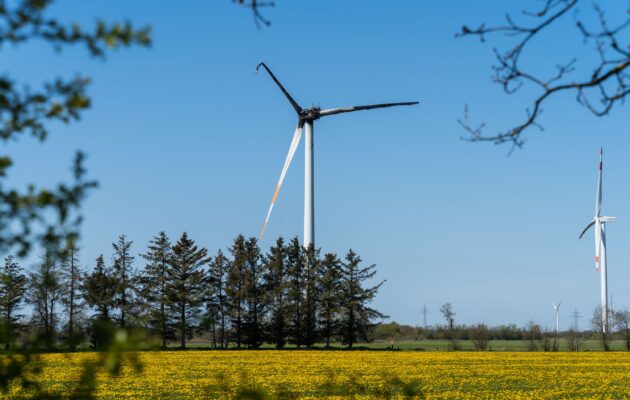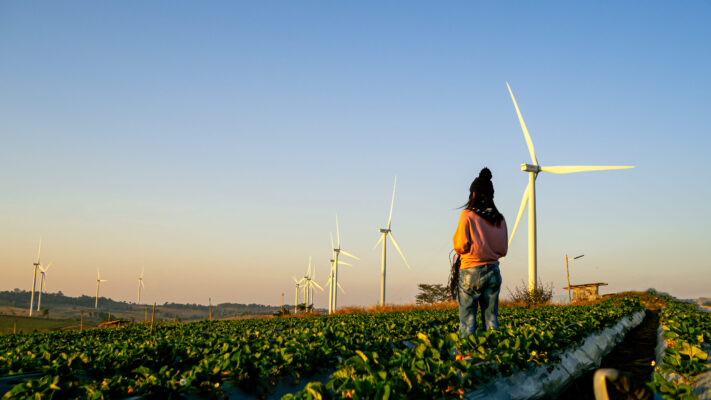More data, more energy
Weather conditions change constantly, meaning output from wind turbines can be erratic. Although companies have no control over the weather, big data analysis helps them identify patterns to improve O&M. While this development represents progress for the wind energy sector, another data-driven approach could prove even more beneficial. Machine learning, a form of artificial intelligence, has the potential to predict – and even increase – energy production.
So how does it work? Sensors installed on wind turbines continuously record data on wind direction and speed, as well as vibrations from their own components. Instead of technicians analyzing this information to optimize product design or maintenance procedures, the turbines themselves learn from it. Thanks to neural networks, the machinery is able to use existing measurement data to calculate the optimal settings for different weather patterns. It then responds to familiar conditions automatically – adjusting the angle of its rotor blades, for example. As turbines learn, they become increasingly efficient and their output continues to grow.
Predict energy demand
However, increased energy production isn’t the be-all and end-all. In fact, it is possible to generate too much power. When wind farms exceed their predicted output – on unexpectedly windy days, for example – grid operators have to order fossil fuel power stations to reduce theirs. These requests come at a price, but failing to issue them would be even more costly. The resultant energy overload could congest the grid, causing failures. What’s more, wasted power means unnecessary CO2 emissions.
Against this background, the wind energy sector requires a more accurate means of predicting output. Funded by the Federal Ministry for Economic Affairs and Energy, German research project “EWeLiNE” could have the answer. EWeLiNE’s team of experts combines output data from turbines with information from weather stations and satellites. Sophisticated computer models analyze this information to predict energy production in the coming hours. The researchers then compare the forecasts to what actually happens – and machine learning assimilates these findings to boost its prediction accuracy.
Currently, not enough wind farms in Germany are capable of transmitting real-time data to truly test the efficacy of this approach. EWeLiNE plans to resolve this within a year or so, but until then, a similar project in the USA highlights the method’s potential. In 2008, America’s leading wind energy provider Xcel Energy began working with the National Center for Atmospheric Research to enhance the predictability of its power generation. Since then, the organization has cut its forecast error rate by 35 percent, saving its customers over $60 million in the process.
The sky’s the limit
In addition to augmenting operations and maintenance in the wind power industry, big data is feeding machine learning. As a result, the sector stands to benefit from enhanced reliability, significant efficiency gains, and increased energy production. Ultimately, this could make renewable energy cheaper and more accessible. Thanks to big data and the processes it enables, wind power output is set to soar.



